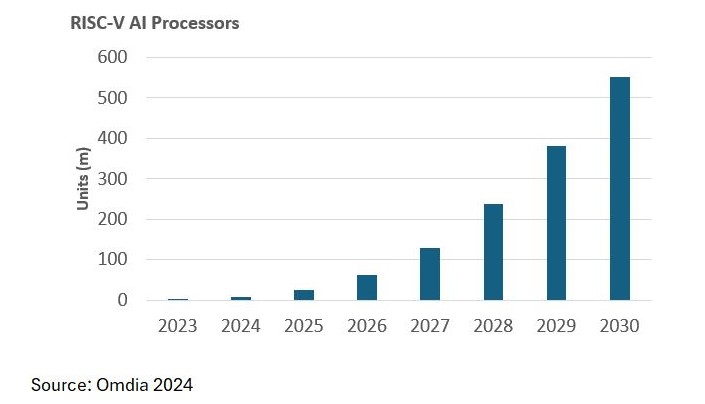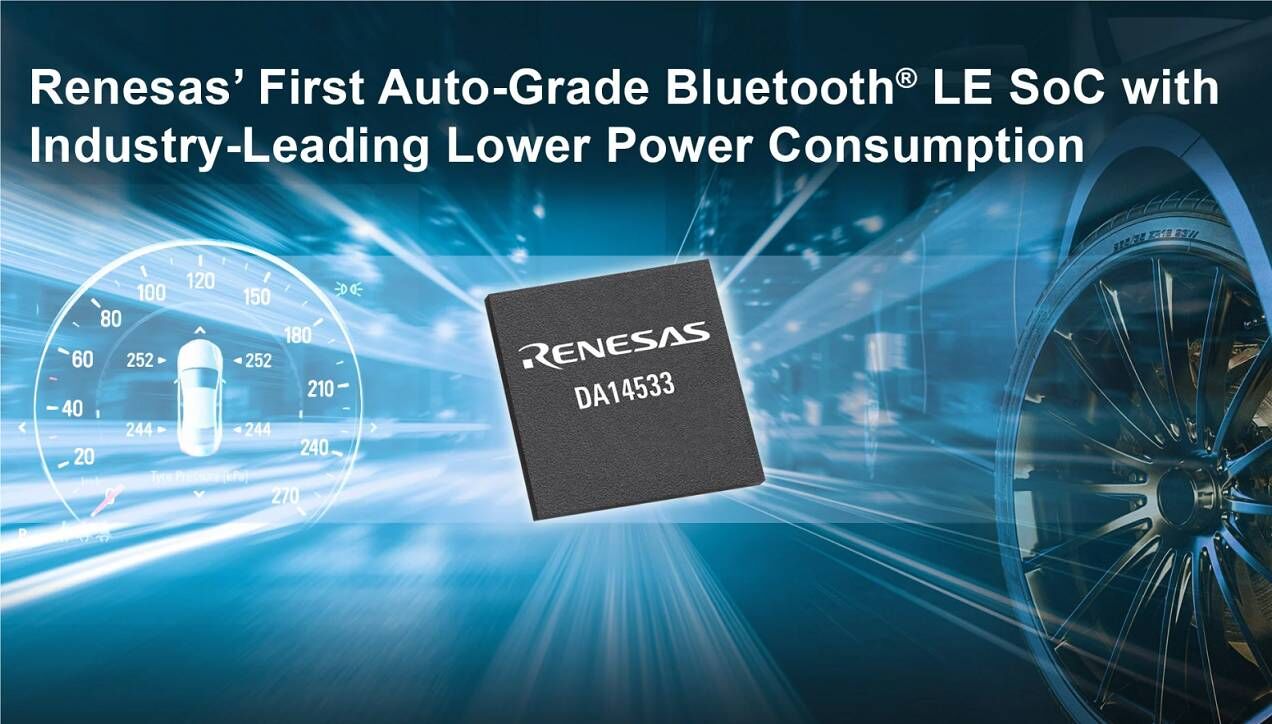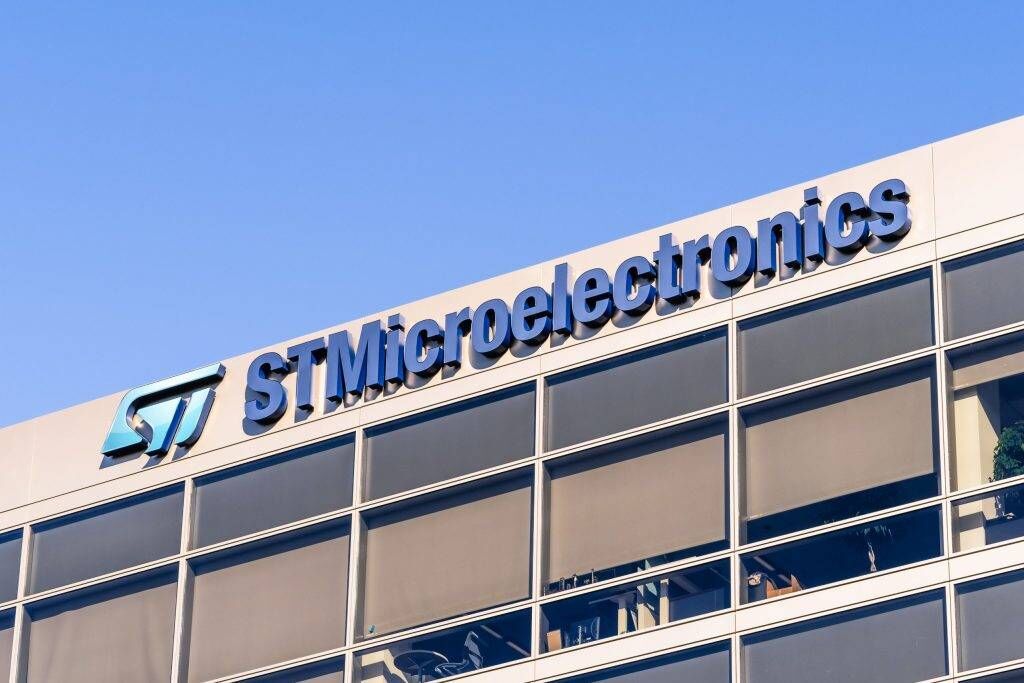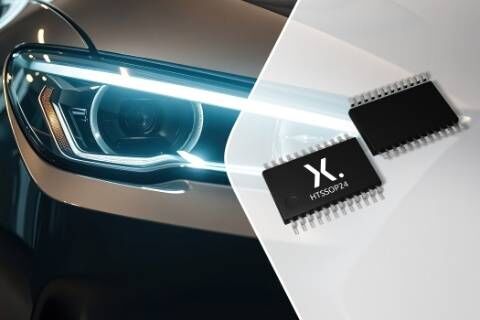May 21, 2024 /SemiMedia/ -- According to Omdia’s latest report, RISC-V are expected to account for nearly a quarter of the global processor market by 2030. Although the open standard instruction set architecture (ISA) is expected to experience the fastest growth in the automotive field, the industrial field will still be the largest field of RISC-V. In addition, the rise of artificial intelligence (AI) will also contribute to the continued development of the RISC-V ecosystem.

The distinguishing feature of RISC-V is that no license is required. Anyone can use this architecture to develop hardware and even customize the instruction set according to design needs. Because the earliest RISC-V processors tended to be simple microcontrollers, the architecture has long been associated with deeply embedded technology, particularly in the Internet of Things. However, the most important development in recent years has been the expansion of the technology into other application fields, including those requiring advanced computing and intelligent computing.
Omdia said that RISC-V makes the most sense in new application fields because there are no ready-made Arm architecture products available. The rise and application of artificial intelligence mean that many new fields are emerging, and these are conducive to the development of RISC-V.
Omdia predicts that between 2024 and 2025, processor shipments based on the RISC-V architecture will grow at an annual rate of nearly 50%, and shipments will reach 17 billion by 2030. Of these, about 46% of processors will be used in industrial applications, but the automotive field is expected to grow the fastest.
Omdia expects the number of RISC-V processors in automotive applications to grow at an annual rate of 66%. RISC-V has unique and ideal characteristics for the automotive industry to have its own design in RISC-V, which is not possible by obtaining an ISA license.
In addition, Omdia also predicts that the application of AI in automobiles will greatly increase. Autonomous driving, advanced assisted driving, and in-car entertainment systems will all use AI capabilities to enhance functions. RISC-V’s efficiency and scalability are ideal for developing processors that perform artificial intelligence operations.












All Comments (0)